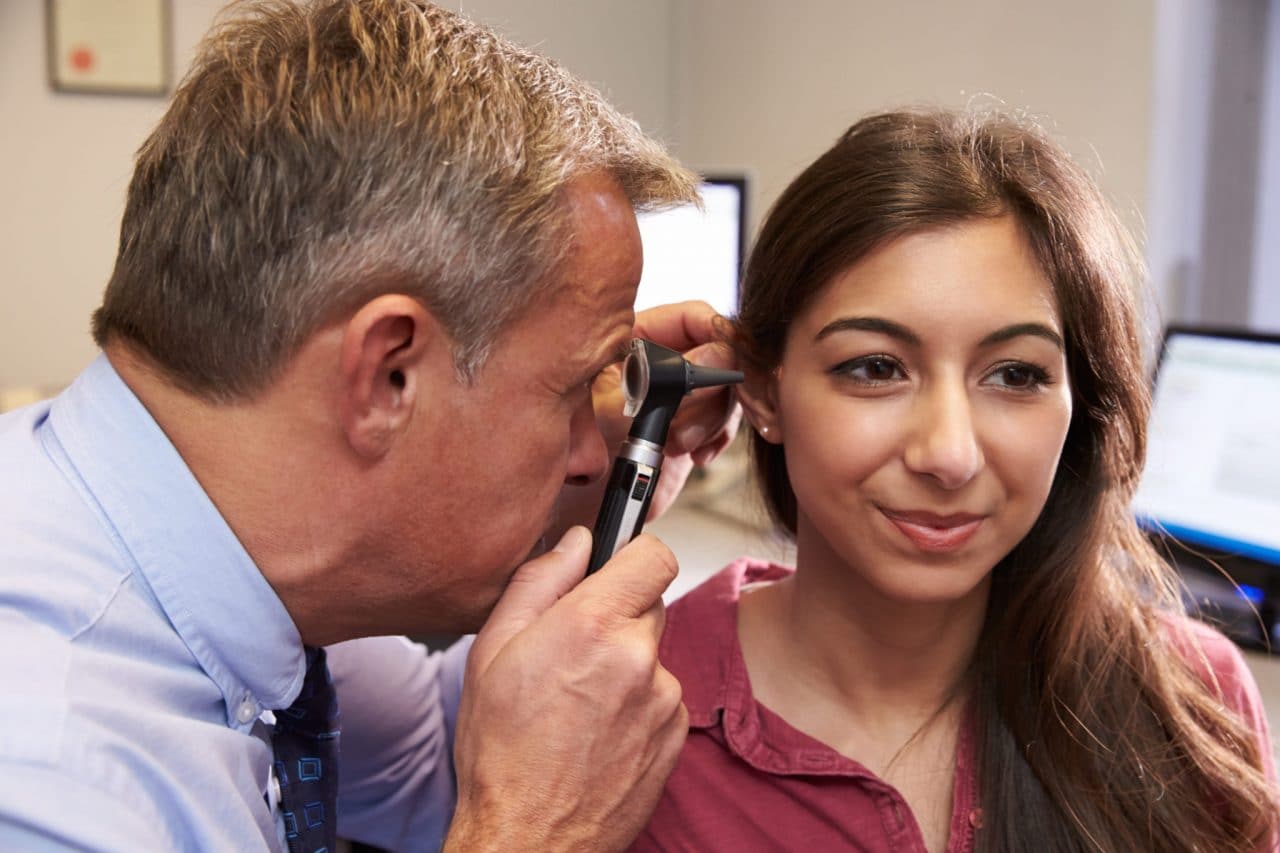What Does an Eardrum Do?
The eardrum has two main roles:
Hearing. Your eardrum vibrates from sound waves striking it. In turn, structures in your middle and inner ear translate sound waves into nerve impulses.
Protection. Your eardrum acts as a barrier to protect your middle ear from water, bacteria, and foreign substances.
What is an Eardrum Perforation?

Eardrum perforation is a hole or rupture in the eardrum. This tear occurs in the membrane separating your outer ear from your inner ear.
Eardrum perforation can lead to a middle ear infection and possible hearing loss, though it can heal without medical treatment in some cases.
How Does a Perforation Affect Eardrum Functions?
A rupture or perforation creates a hole in the tympanic membrane. This impairs its ability to vibrate, which can contribute to a loss of hearing and may allow bacteria to enter the ear and cause an ear infection (otitis media).
What Can Cause Eardrum Perforations?
Eardrum perforations are most often caused by:
Infection. Middle ear infections cause a buildup of pressure that may result in a ruptured eardrum.
Injury. Injury or trauma to the ear and head, like a sudden loud noise or skull fracture, can cause an eardrum to rupture. Inserting objects such as bobby pins or Q-tips in the ear to clean wax can cause an accidental rupture.
Eustachian tube disorders. Chronic Eustachian tube problems can weaken the eardrum, making it more prone to perforation.
What Are the Symptoms of a Perforated Eardrum?
Some people are completely unaware of a ruptured eardrum; there may be a complete lack of symptoms or only a feeling of general discomfort. Other times, people will experience:
- A sudden sharp pain in the ear
- A discharge of fluid that may be bloody, clear or pus-like
- A buzzing or ringing in the ear
- Partial or complete hearing loss in the affected ear
- Ear infection
- Facial weakness or dizziness
How Are Eardrum Perforations Diagnosed?
An ENT specialist will examine your ears with an otoscope to visually identify a hole or tear in the eardrum. A hearing test may be required.
If your physician can’t see the rupture but suspects you have one, they may use a process called tympanometry to create pressure variations in your middle ear. A perforated tympanic membrane produces a flat test response and may cause conductive hearing loss.
How is an Eardrum Perforation Treated?
Because most perforated eardrums heal on their own in a few months, no treatment may be needed other than antibiotics to prevent or treat an infection. Nonprescription pain medication and a warm compress can help. Large perforations may require surgery.
While the rupture is healing, you’ll need to keep the ear dry, avoiding water as much as possible.
How Long Does a Perforated Eardrum Take to Heal?
Eardrum perforation can self-heal after three to six months. If complications arise, it may take longer for the eardrum to heal.